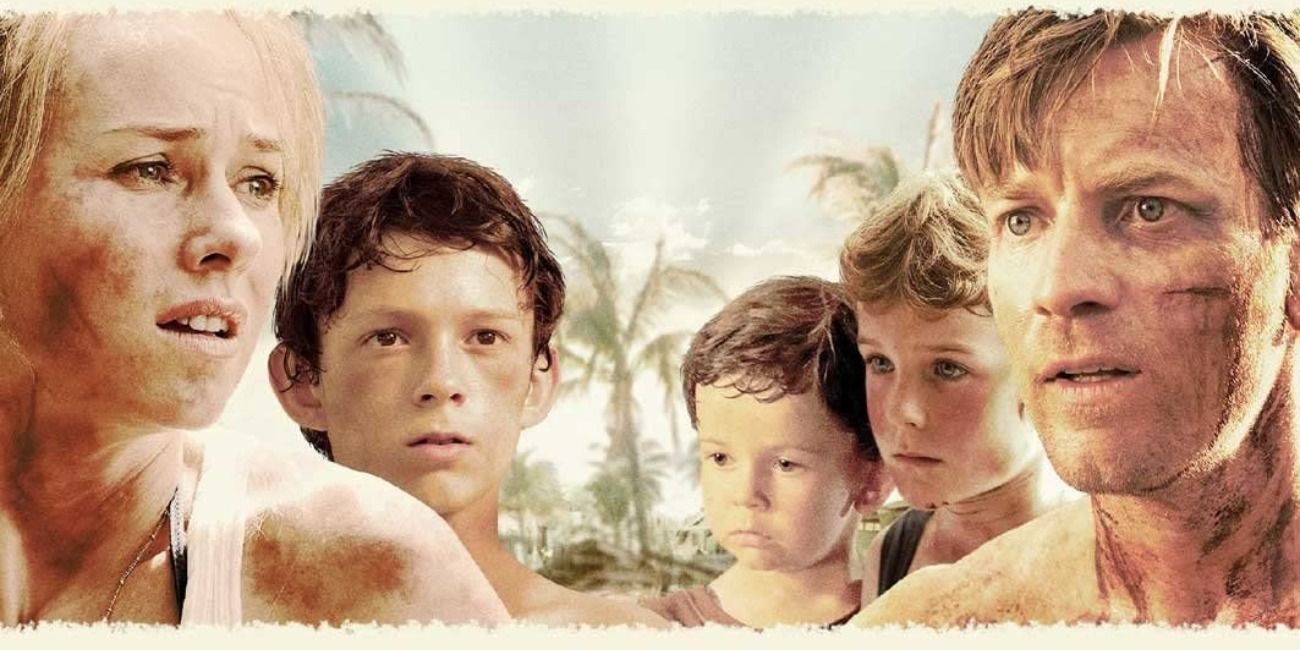Disaster movies often lean into spectacle, but The Impossible (2012), directed by J.A. Bayona, goes far deeper. Based on the real-life experiences of a family caught in the devastating 2004 Indian Ocean tsunami, this film strips away CGI bravado and delivers something rare: a survival story rooted in raw human emotion, intimate pain, and fierce love. It’s one of the most harrowing yet life-affirming films of the last decade.
Plot Summary: A Family Torn Apart by Nature’s Fury
Set during a family vacation in Thailand over the Christmas holidays, the film follows Maria (Naomi Watts), Henry (Ewan McGregor), and their three sons as they enjoy a tranquil resort stay—until the unthinkable happens. On December 26, 2004, one of the most catastrophic tsunamis in recorded history strikes the Southeast Asian coastline.
In a matter of minutes, the idyllic paradise is reduced to ruin. Maria and her eldest son, Lucas (Tom Holland, in his breakout role), are swept away in one direction; Henry and the two younger sons in another. What follows is not only a physical journey of survival but a deeply emotional one, as each member of the family clings to hope, searches through chaos, and fights to reunite—against all odds.

Performances: Emotionally Shattering and Genuine
Naomi Watts delivers a stunning, Oscar-nominated performance as Maria, embodying both unimaginable pain and motherly strength. Her physical and emotional transformation throughout the film is unforgettable. One minute she’s being dragged through filthy floodwaters, the next she’s comforting her son while critically injured, barely able to move. It’s an intensely vulnerable performance that leaves a mark.
Ewan McGregor brings equal depth as Henry, whose desperate search for his family leads to one of the most emotionally devastating moments in the film—a phone call home that will leave even the most stoic viewers in tears.
And then there’s Tom Holland, just 14 at the time, showing maturity and nuance far beyond his years. His portrayal of Lucas—suddenly thrust into responsibility—grounds the film in both fear and resilience. His transformation from carefree child to determined protector is one of the film’s most moving arcs.
Direction and Cinematography: Realism That Hurts
Director J.A. Bayona (who later directed A Monster Calls and Jurassic World: Fallen Kingdom) approaches the tsunami with a mix of technical precision and emotional intimacy. The tsunami sequence is terrifying—not because of spectacle, but because of how real it feels. The sound design, underwater chaos, and destruction are not glorified; they’re horrifyingly grounded.
But what’s most impressive is what comes after the wave: the silence, the wreckage, the cries, and the vast human tragedy. The cinematography often lingers on faces, wounds, and landscapes torn apart—allowing us to feel the weight of the disaster in every frame.
Themes: Family, Fragility, and the Will to Endure
At its core, The Impossible is a story about family, connection, and perseverance in the face of overwhelming odds. It explores how quickly life can be torn apart, how strangers become lifelines, and how hope survives even in the bleakest conditions.
It doesn’t shy away from suffering, but it never loses sight of compassion. Acts of kindness—medical workers, fellow survivors, and even local children—become small moments of light in an ocean of darkness.
There’s also a subtle but important commentary on privilege. While the film focuses on a European family, Bayona makes space to acknowledge the countless local victims, some of whom sacrificed everything to help others.
Criticism and Controversy
Despite critical acclaim, the film faced some criticism for centering a Western family in a disaster that claimed more than 230,000 lives, the vast majority of whom were Asian. Some viewed it as a missed opportunity to tell a more globally representative story.
However, the filmmakers have clarified that the movie is a true story—based specifically on the real-life experience of María Belón and her family—Spanish nationals who survived the tsunami. While the casting made the family British in the film, the emotional truth and trauma remain universally resonant.

Legacy and Impact
The Impossible premiered at the Toronto International Film Festival in 2012 and went on to receive multiple accolades, including an Academy Award nomination for Naomi Watts and widespread critical praise. It is now considered one of the most emotionally powerful disaster films ever made—not because it dramatizes catastrophe, but because it humanizes it.
Final Verdict
The Impossible isn’t easy to watch, but it’s impossible to forget. With breathtaking performances, realistic direction, and an unflinching look at both the brutality and beauty of humanity, this film transcends genre. It’s not just about survival—it’s about what binds us when everything else falls apart.
Rating: 9/10 — Devastating, beautiful, and deeply human.

-1751517724-q80.webp)

